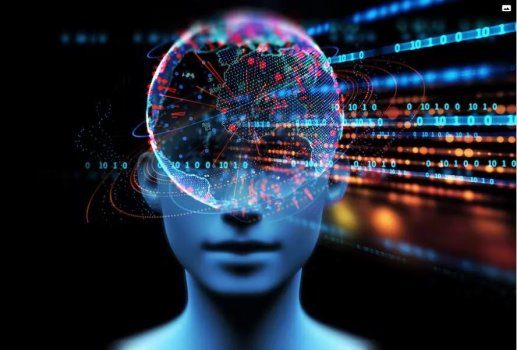As the applications for surveillance devices expand beyond traditional security capabilities and into business intelligence and operations, interest in the technology has expanded among both developers and consumers.
Artificial intelligence (AI) has come a long way very quickly – so quickly, in fact, that the public perception of AI remains heavily influenced by its portrayal on television or in movies, even as its real-life capabilities have begun to match and even exceed many of those depictions.
Never fear, a rogue AI is not going to form Skynet or create an army of Austrian-accented Terminators, nor does it mean you are likely to be having a conversation with an AI companion anytime soon.
That said, it does mean that working with artificial intelligence technology is no longer the exclusive practice it once was. Today, different forms of AI are being used in a wide range of devices and for a variety of different business and consumer applications.
For the security industry, this is wonderful news. Today’s security devices, like internet protocol (IP) camera and audio solutions, are increasingly capable of leveraging AI technology natively, at the network edge. This means that more powerful analytics can be run on the devices themselves, keeping bandwidth and data storage needs in check.
This means that not only are more developers capable of creating AI-based solutions, but those solutions are becoming available – and valuable – for an increasing number of consumers as well. This growing democratization of AI technology is enabling valuable new applications, both within the security industry and beyond.
Where AI Stands, and How It Got Here
Artificial intelligence is a scientific term with a scientific definition: it applies to digital systems capable of performing tasks that normally require human intelligence. If that sounds like a broad definition, that’s because it is – AI is essentially an umbrella term that encompasses everything from chatbots to self-driving vehicles. But under that umbrella, there are other, more specific terms: machine learning and deep learning.
Machine learning (ML) is more complex, and it applies to technology that shows signs of basic cognition, or the ability to learn. Deep learning (DL) adds even more complexity, helping machines perform tasks like pattern recognition and information classification. Based on that definition, it should come as little surprise that the advent of deep learning – and the deep learning processing units (DLPUs) that power today’s advanced cameras – has been a boon for the security industry.
Continue reading: https://www.securityinfowatch.com/video-surveillance/video-analytics/article/21284767/the-democratization-of-ai
Artificial intelligence (AI) has come a long way very quickly – so quickly, in fact, that the public perception of AI remains heavily influenced by its portrayal on television or in movies, even as its real-life capabilities have begun to match and even exceed many of those depictions.
Never fear, a rogue AI is not going to form Skynet or create an army of Austrian-accented Terminators, nor does it mean you are likely to be having a conversation with an AI companion anytime soon.
That said, it does mean that working with artificial intelligence technology is no longer the exclusive practice it once was. Today, different forms of AI are being used in a wide range of devices and for a variety of different business and consumer applications.
For the security industry, this is wonderful news. Today’s security devices, like internet protocol (IP) camera and audio solutions, are increasingly capable of leveraging AI technology natively, at the network edge. This means that more powerful analytics can be run on the devices themselves, keeping bandwidth and data storage needs in check.
This means that not only are more developers capable of creating AI-based solutions, but those solutions are becoming available – and valuable – for an increasing number of consumers as well. This growing democratization of AI technology is enabling valuable new applications, both within the security industry and beyond.
Where AI Stands, and How It Got Here
Artificial intelligence is a scientific term with a scientific definition: it applies to digital systems capable of performing tasks that normally require human intelligence. If that sounds like a broad definition, that’s because it is – AI is essentially an umbrella term that encompasses everything from chatbots to self-driving vehicles. But under that umbrella, there are other, more specific terms: machine learning and deep learning.
Machine learning (ML) is more complex, and it applies to technology that shows signs of basic cognition, or the ability to learn. Deep learning (DL) adds even more complexity, helping machines perform tasks like pattern recognition and information classification. Based on that definition, it should come as little surprise that the advent of deep learning – and the deep learning processing units (DLPUs) that power today’s advanced cameras – has been a boon for the security industry.
Continue reading: https://www.securityinfowatch.com/video-surveillance/video-analytics/article/21284767/the-democratization-of-ai

